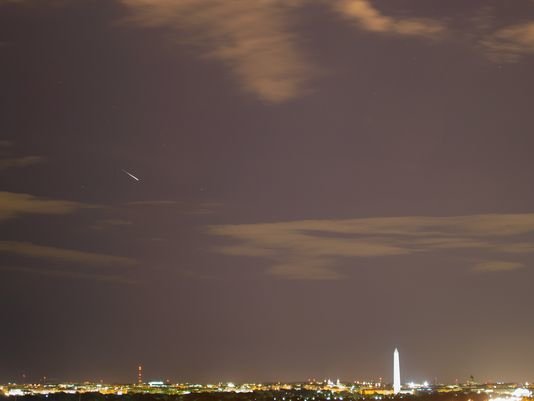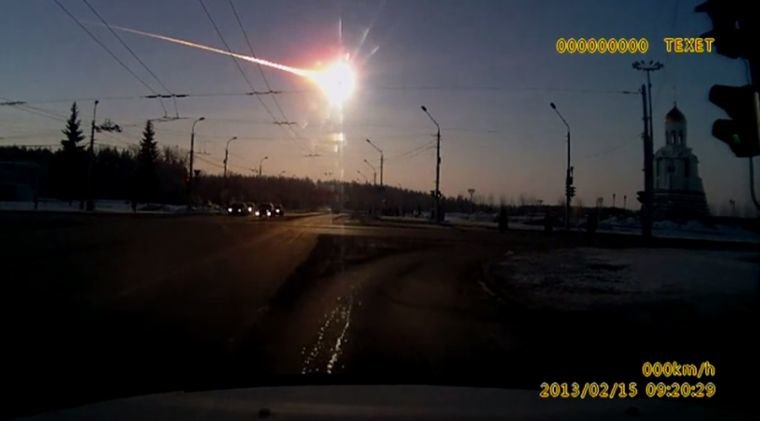
© NASA/Joel KowskyMeteor streaks across the sky during the annual Perseid meteor shower, August 13, 2015.
Keep your eyes on the skies.
Wednesday night, just before 10 p.m., sky-watchers from Maine to Philadelphia — and more than a few in the Lower Hudson Valley — caught a glimpse of a fireball, a meteor, burning up to dust as it entered the Earth's atmosphere.
The
American Meteor Society keeps a map of public meteor sightings and, according to Operations Manager Mike Hankey, about 34 reports were received from across the Northeast, including one from Dobbs Ferry and another from Ardsley.
"It seemed to burn out at a low angle above the horizon," said Andrew Ploski, of Nyack. "My 9-year-old son and I were traveling back home last night after a visit with his grandmother in Yonkers. We were traveling north on the Sprain Brook Parkway near the Ardsley Road overpass. There appeared a large, very bright fireball with trail about the brightness and size of a car headlight. It streaked across my field of vision very quickly from my upper right to lower left — east to west."
Ploski was lucky, according to seasoned sky-watchers. "To see a meteor in Westchester is a little bit unusual," said Larry Faltz, president of Westchester Amateur Astronomers. "You have to be looking up at just the right moment."
Faltz explained that, when you see a fireball in the sky, you are not actually seeing a meteor but the ionization of the Earth's atmosphere as the object heads toward the ground. For that fireball effect to be visible, an object only needs to be as big as a grain of sand.


Comment: Indeed, much time seems to pass between the streak of light, which could well have been another incoming meteor fireball, and the flash of light. The two events do seem to be related though. A possible plasma discharge event?